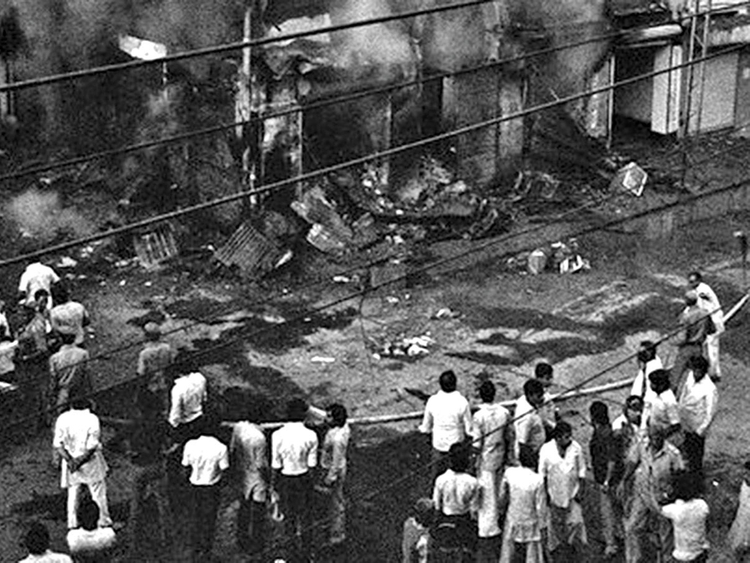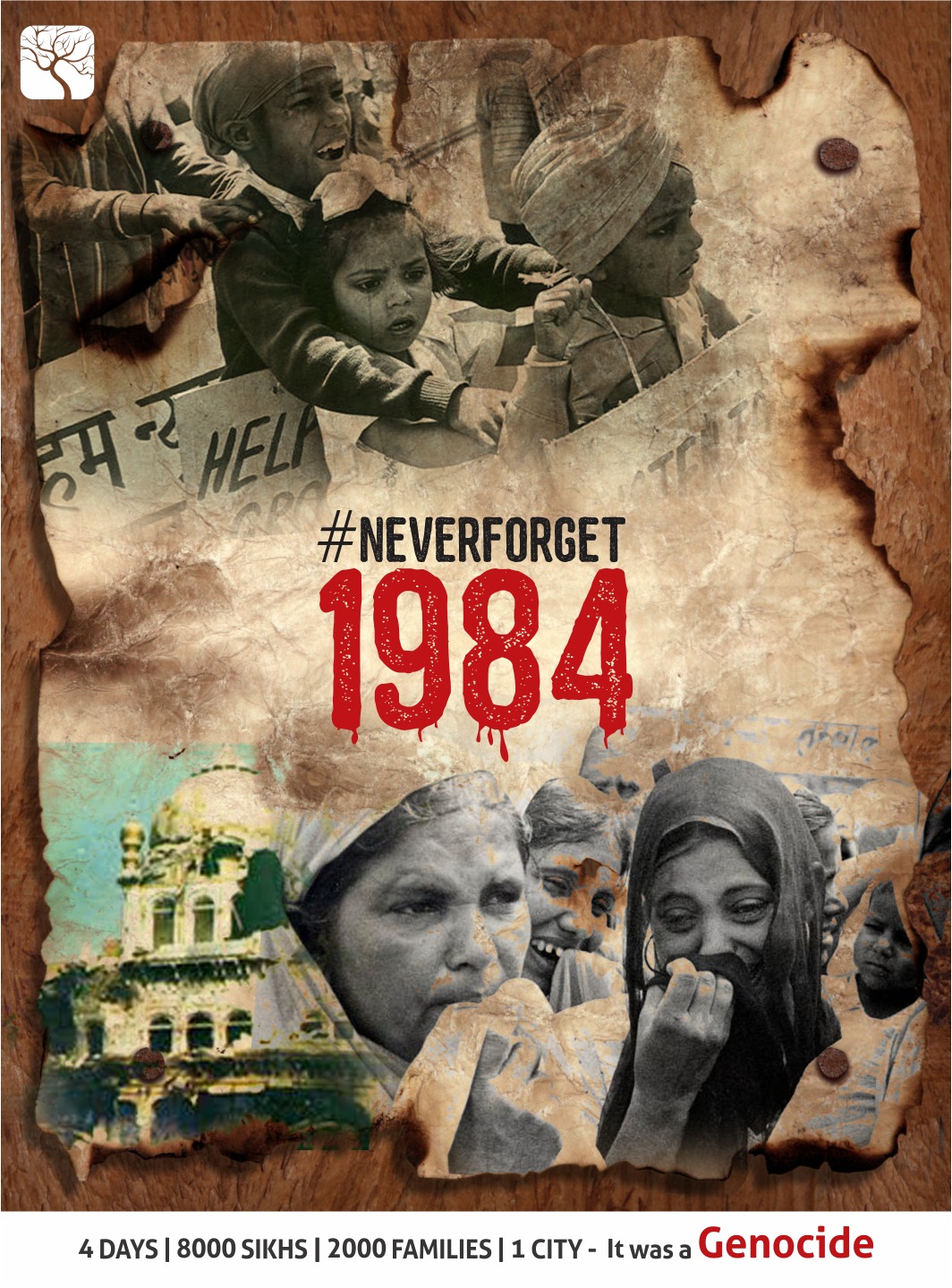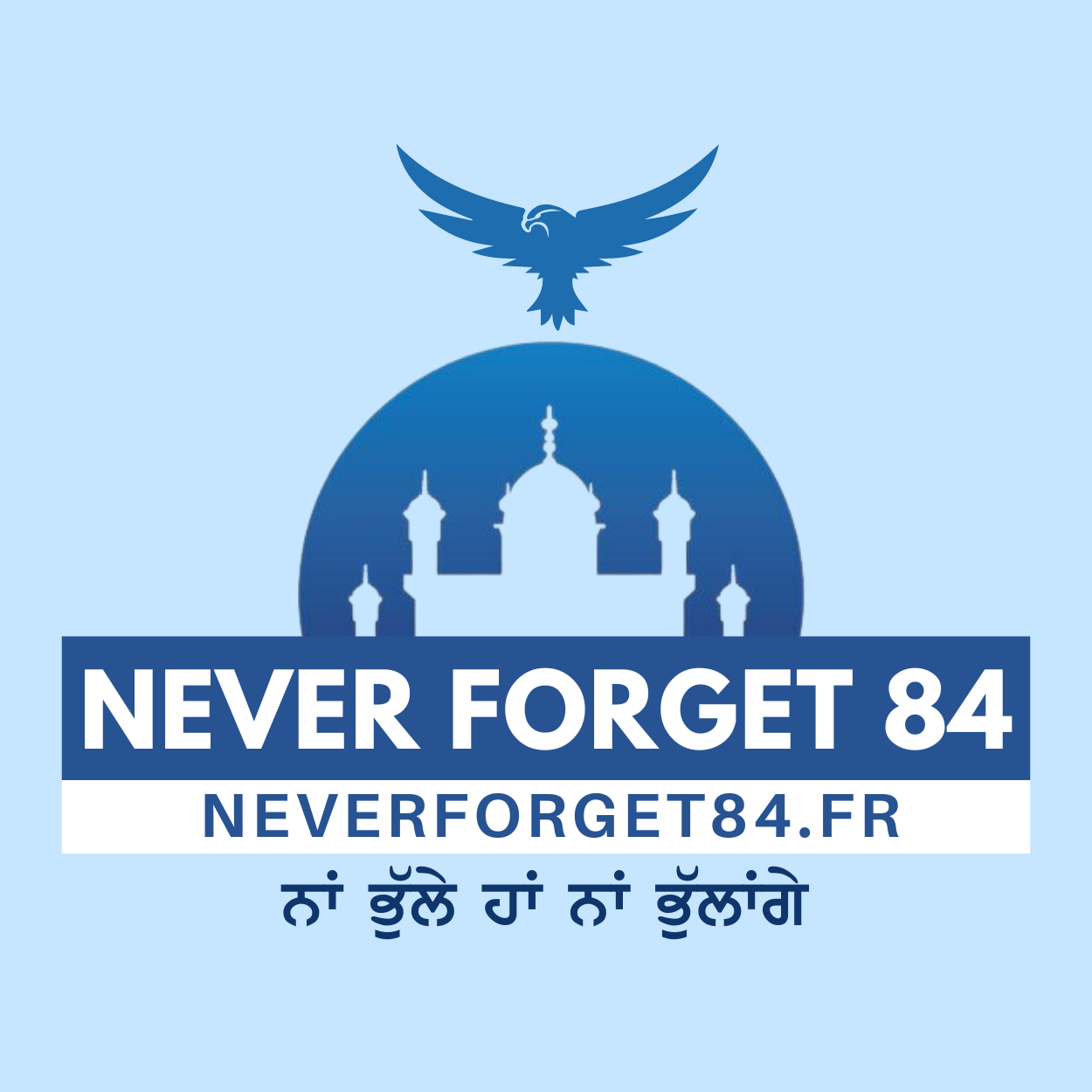our history
We make a lifeby what wegive
1984 Sikh Genocide
Sikhs practise a unique religion and scripture that were revealed by God. They aspire to be saintly soldiers, and history has demonstrated that they are courageous and pro-freedom. The Sikh community was greatly impacted by the Genocide that took place in 1984. The causes of the genocide, the events that occurred at the time, and its effects will all be covered in this page. Additionally, this will dispel widespread misconceptions about what occurred.

British Indian Rule before 1947
- 1849 The vast Sikh Kingdom is annexed by the British Raj.
- Sikhs fiercely struggle for Indian independence in the 1900s.
- Sikhs (2% of the Indian population) make 80% of the sacrifices in the quest for freedom.
- Sikh state within Federal India is a pledge made by M. Gandhi and Nehru.
- Punjab was divided into two parts, one of which is in Pakistan and the other in India.
- 14 million individuals were uprooted, 60% of Sikhs became refugees, and 1 million Sikhs perished.
Indian Independence’s New Constitution, 1947–1950
- Sikhs are considered to be Hindus.
- Punjabi is not the native tongue of Punjab.
- Punjab sends other states 70% of its earnings and 75% of its water.
- Sikhs are perceived as a Hindu sect that needs to be eradicated and reintegrated.
- According to PM Nehru, Sikhs “missed the boat.”
- Sikhs are unwilling to ratify the constitution because they feel misled.
1950-66 Movement for Punjabi Suba
- Numerous Sikhs peacefully demand socio-political rights.
- In 1960, 26,000 Sikhs are detained.
- Government acts violently in response
- 1966 Government establishes a State in Punjabi, however it is just a third the size of the old Punjab.
- Punjab is not allowed to regulate its own capital or economic policies by the government.
1966-84 Resolution for Anandpur – Dharam Yudh Morcha
- Over 250,000 Sikhs demonstrate in 1971 in support of the Anandpur Resolution’s legitimate socioeconomic objectives.
- Increasingly hostile and violent government and police
- Sikhs are disparaged in propaganda as separatists and fanatics.
- Sikhs were credited as “saving democracy” in 1975 after organising large-scale protests against Indira Gandhi’s dissolution of parliament.
- When police stand by as an anti-Sikh gang murders 13 Sikhs in 1978, police violence increases.
- Sikhs establish Dharam Yudh Morcha in 1982 to carry out the Anandpur Resolution.
- Sant Jarnail Singh Ji Bhindranwale is one of many leaders of this mass movement.
*Over 5000 innocent Sikhs are killed when the Indian government conducts the greatest military operation against its own people - June 1984*
What was Shown.
- A Sikh nation was going to be established.
- It was unplanned and last-minute.
- Army was required due to terrorist occupation.
- Few people were injured.
- Prisoners were handled carefully by army personnel.
- Setting Harimandar Sahib free was the goal.
- The target was not a Sikh.
- It was a riot between Hindus and Sikhs, not a genocide.
- It happened on its own.
- The police failed to put a stop to it.
- We endeavoured to aid surviving.
- Sikhs must let go and move on.

What was the Reality
- Grain exports from Punjab were scheduled to stop on June 3rd in protest of the Anandpur resolution.
- When the Indian army created a model of the Golden Temple in Amritsar in 1982, the attack was already planned.
- The UK armed forces assisted in providing advice on the strike in February 1984.
- There was a declared emergency.
- The international press was expelled.
- The media was shut down.
- In 1982, the attack was planned in advance.
- A preacher named Sant Jarnail Singh Ji Bhindranwale was granted access to the temple compound in 1983.
- Despite having open access to him, no police arrest warrant was issued for him.
- Army forces surrounded the building. No one was permitted to leave. The army did launch an unprovoked attack without first seeking to negotiate (which is against Indian law).
- Sikhs inside were described as separatists to the soldiers.
- They lost control and brutally killed countless men, women, and children.
- More than 5000 individuals perished.
- They stormed the compound, which was crowded with thousands of people going to the Golden Temple on a Sikh holy day.
- Maximum fatalities were caused by the fact that trainloads of pilgrims could enter but not leave.
- Sikhs inside were described as separatists to the soldiers.
- They lost control and brutally killed countless men, women, and children.
- Hundreds more perished while imprisoned in sweltering heat with no access to water.
- Everybody was incinerated without a trace.
- At the same time, 125 Gurdwaras in Punjab were attacked.
- Numerous deaths occurred.
- Without notice, villagers and Sikh soldiers who had arrived to assist were shot and killed by helicopter gunships.
- The Central Sikh Reference Library and valuable historical items were destroyed by fire by the army three days after the raid.
- It was a one-sided killing of Sikhs rather than a religious uprising.
- Hindus were not massacred in response in Punjab. Most Hindus abstained from attending.
- To slaughter and rape people, the government organised buses of criminals. In actuality, a lot of Hindus rescued Sikh neighbours.
- Rumours were circulated by the government and the media to incite animosity towards Sikhs. so enabling rape and murder by mobs.
- The government orchestrated the murders and provided the gangs with machetes, tyres, and Sikhs’ addresses.
- Government officials, the media, the police, and the army all participated.
- The media frequently broadcast hate speech and urged retaliation.
- Sikhs were unarmed and scattered by police so they couldn’t band together and protect themselves.
- Killings were disregarded or even assisted by police. Where some police officers bothered, killings did stop.
- The refugee camps were appalling.
- Insurance payouts were rejected. The payment was meagre.
- The survivors were left behind.
- The murderers, some of whom are powerful politicians, are still at large after ten commissions.
- Orphans and widows are still alive and in need.
- India honours Indira Gandhi annually.
